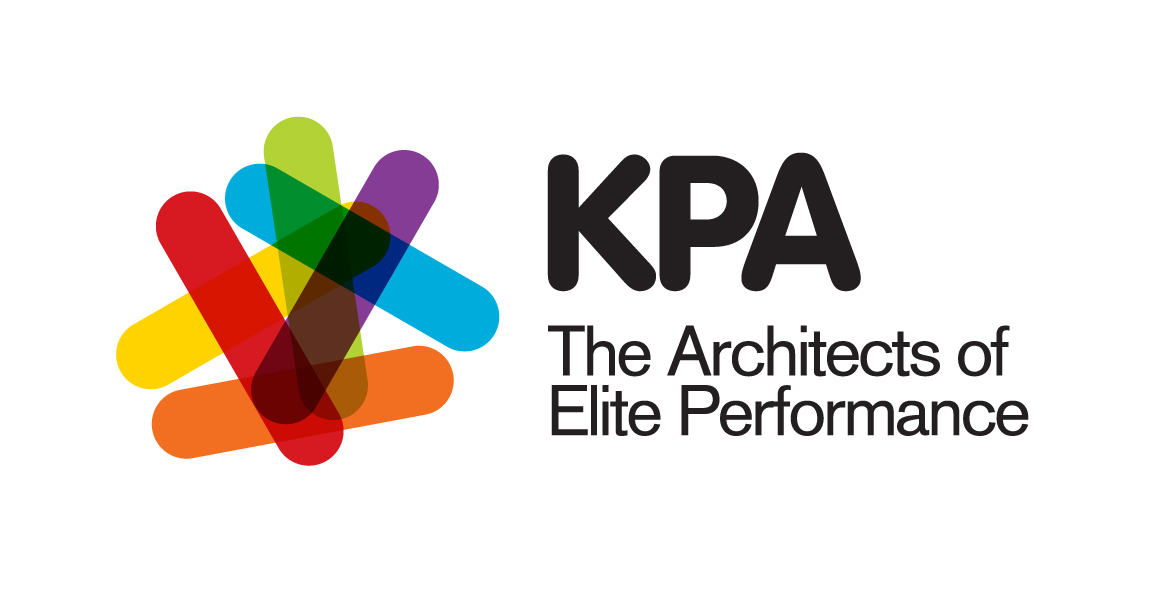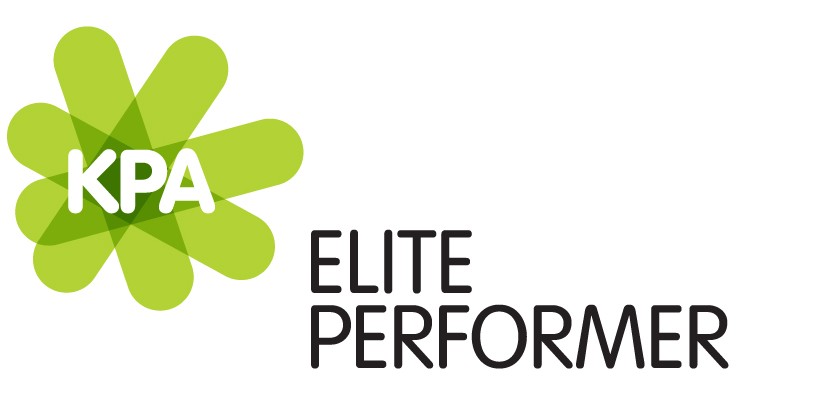 The Realities of Change
The Realities of Change
Are the New Years Resolutions still holding fast? Are you keeping up with the promises you made to start the year? Still enjoying a new healthy diet? Working on that exercise centric lifestyle? If you are then wonderful! However, research shows us that less than 10% of resolutions and personal goals succeed. The looming question is:
“Why does this happen?”
Let’s face it; you probably have all the technical facts and knowledge you need to make a change. I’m sure you know that to lose weight you need to eat less and exercise more, and you’ve probably been on enough management training courses to know what you need to adjust in order to improve your career.
So why aren’t you following through with it?
Likely it is because you haven’t created that deep, internal, and emotional engagement. As Alan Deutschman noted in his book “Change or Die” people tend to drive others and themselves to change through the “Three F’s”: Force, Facts and Fear. Individuals attempt to “force” themselves to change, try to rely on “facts” to make a case for change and drive their change from “fear”.
The problem is these Three F’s are external motivators that won’t create positive emotional engagement for you. You end up driving yourself to change through negativity, guilt punishment or reward. These are short term, low quality change motivators. Sustainable change is more thoroughly created through high quality internal motivators such as passion, love, and positivity.
Learning to Change from Addicts
How do you create a sustainable change driven through passion, love, and positivity while achieving true emotional engagement with your goals? Fortunately, there’s much we can learn from addiction research and treatment. At this point you may be thinking that you don’t have a drug habit, you’re not an alcoholic and you don’t smoke, so what does it have to do with me? Well it is back to the Three F’s. Addicts usually don’t change because they force themselves to or because they have the facts they need or because of the fear of not changing. They have to create a love of wanting to change. So can you!
Addicts by definition find it extremely difficult to change – they are addicted to a particular behavior. They may need to change but don’t want to, or they want to change but can’t change. Perhaps this is something you may identify with in your life, needing to change, even wanting to change, but just finding it too challenging to do so?
So let’s take the principles from the world of addiction research and treatment that have helped seemingly unchangeable people change. Lets apply these principles to assisting you in making the changes that you really want, whether it is exercising more, feeling less stressed, or establishing improved people skills.
The Four Key Principles to Successful Change
Below are the four key steps, which should create the internal motivation you need for change. These steps will help you to understand how ready you are to change, address any ambivalence you have about change, and help you build and maintain the motivation for change. This is based upon the work of Miller and Rollnick who established the “Motivational Interviewing” method for creating positive and sustainable internal change.
Step 1 – Know how ready, willing and able you are to change!
One of the central pieces of information gained from addiction research is the knowledge that people need to be ready, willing, and able to change – in order to mentally sustain behavioral change. Unless you can put ticks against each of those three areas, then it’s unlikely you’ll maintain your motivation for change.
Willing to Change – this is the level of importance you ascribe to change. Unless mentally you recognize there is a large enough gap between your current way of behaving (e.g. too little exercise or not good enough people skills) and the ideal pattern of behavior you desire (e.g. enjoying regular exercise and activity, or having highly honed people skills) then change simply won’t happen.
Able to change – this is the confidence you have for change. You may feel that change is important but not be confident enough to change. Usually this is our self-defence kicking in! For example, you may think: “I know my people skills are letting me down…but I’m too set in my ways to change and I just don’t feel I can do it”. Let’s face it; you don’t need to have a personality transplant to make a few adjustments to your behavioral style!
Ready for change – this is a matter of priorities. You may think that a combination of high importance and high confidence would be enough to instigate change – but it isn’t. How many times do you think to yourself something like: “It’s really important that I engage in more exercise/spend more time with my family…and I know I can do it…BUT I’m so busy and I have this meeting/presentation/report to finish.”
So, if changing a specific behavior is not a priority it won’t happen – “I’ll start tomorrow” is a clue to your own self-deception!
Change Exercise 1: Readiness for Change
First, think about an area of your personal or business life that you want or need to change. Then on a 1-10 scale score how ready you are to change (how much of a priority it is in your life), score how willing you are to change (the level of importance) and then score how able you are to change (how confident you are of succeeding).
Next review the scores. If you score less than 5 in any area then you have little chance of change success. If you score 6-7 in any area your odds of success are probably 50/50. If you score 8 or above in each area, then you likely have an 80% chance of making and sustaining that change.
The point here is that if you have low or moderate scores then you will have to be very honest with yourself and acknowledge that embarking upon change in this particular area won’t be successful.
You now need to think about why a score is low in any one or more areas, what it is you need to think or do to change it, and how you can change it. Only when the thing you want to change becomes important, a key priority in your life and you are confident about achieving it can the change become sustainable.
Step 2 – Address Ambivalence
How often do you think, “I really want to lose weight/improve overall health…but I don’t like exercise” or “I know I need to make more time for my team…but I have too much to complete.” Although you are able to consider the possibility of changing, you may be ambivalent about it – mentally weighing the pros and cons of changing your behavior. Ambivalence is a challenge typical to individuals with addictive behaviors and one that you can learn from. Not being able to balance the desire to change with the desire to continue with the negative action directly impacts our ability to prevent self-sabotage.
For example a stressed-out business manager may have plenty of fantastic reasons to manage the impact of work stress on their life. Even though this is the stress that is causing them physical and mental burnout, poor performance productivity and no quality time with their family, they continue to defer change. This is often due to the fact that the business manager’s ambivalence towards his goals controls his decision making process.
However, there are also factors that are preventing that change – fear of not being seen as committed by their boss, fear of not hitting targets or fear of making lifestyle changes. This person may feel that the big picture benefits associated with making that change won’t outweigh the short-term costs on not making that change.
Change Exercise 2: Ambivalence Test
Think about that one thing you want to change – what are the pro’s and con’s of changing and what are the pro’s and con’s of not changing? Spend some time writing down and running through your personal change scenario in the way that I have above. Create a passionate emotional engagement and mindset that drives you to really want to love to make those changes. Acknowledge but move away from focusing on a mindset that continually creates that fear of change or excuses of why you can’t do it. If not now then when!
Step 3: Have a Clear Plan of Action
According to the Stages of Change Model, (Prochaska and DiClemente 1983), which was developed to understand how addicts change behaviour; a clear plan for change is crucial to the change process. This may sound like “stating the obvious” – but you’d be amazed how often people launch themselves into change without a plan.
Getting up one day and saying to yourself “I’m going to get fit” or “I’m going to improve my organizational skills” has less than a 5% chance of success – without a plan. Think about it, how detailed is your current personal change plan compared for example to a business project plan? Why wouldn’t your change plan be as thorough as a project plan?
So for example if you want or need to improve your presentation skills, what’s the plan? What part do you need to improve? Is it technical? – Do you need to increase your power point skills? Is it physical? – Are you living on junk food and not having the right energy levels for success? Is it mental? – Do you feel too nervous or lose focus?
Change Exercise 3: Personal Performance Plan
Set aside an hour and write a detailed change plan of what you need to do, how you will do it and when you will do it by – and don’t forget to make it a SMART (Specific, Measurable, Achievable, Realistic, Time-Based) goal! Too clichéd? Too simple? Too obvious? Never forget simplicity is genius!
Step 4: Learn that it’s ok to relapse!
Along the way to permanent change the vast majority of people experience relapse – in fact it is much more common to have at least one or more relapses than not. If you relapse you may feel discouragement or even be angry with yourself. While relapse can be discouraging, the key point to understand is that the majority of individuals who successfully change do not follow a straight path to a lifetime of new and improved habits.
Going back to the addiction research; gamblers, alcoholics, smokers and drug users will often relapse – but in the long term tend to be successful in beating their addiction when they learn to love change and became emotionally engaged when they followed the path that was outlined above.
The important thing is that if you do slip, you shouldn’t see yourself as having failed. Rather, you should analyze how the slip happened and use it as an opportunity to learn how to cope differently. In fact, relapses can be important opportunities for learning and becoming stronger. Relapsing is like falling off a horse – the best thing you can do is get right back on again!
How KPA Elite Performance Can Help Achieve Change Goals
At KPA we are aware of the concept that change and elite performance requires structural support and a strong foundation. We provide the elements necessary through what we call “elite performance architecture”. This focuses on collaborating with you to understand your personal, team, and organizational needs in whatever arena you compete in and ensuring that the solutions that are driven by YOU. This ensures emotional and passionate engagement designed to dramatically increase the likelihood of success.
KPA Elite Performance is an organization that is mindful of the fact that hard work and talent alone may not be enough to create the lasting impactful change that you desire. The elite performers that we support – top CEO’s, Olympic and Professional sport champions, show business personalities, and elite military units- know that success is rarely obtained without an intricate understanding of the process. Gaining inside information into what that encompasses is at the heart of what we provide at KPA Elite Performance.



Comments
Share your opinion by posting or replying to others comments.
bjwxmjatf –
March 2, 2016 at 11:56 pm - 8 years ago
IGkEV9 pfwlkhwsuujg, [url=http://ndlvxlcgzhar.com/]ndlvxlcgzhar[/url], [link=http://toqlhruvtpvj.com/]toqlhruvtpvj[/link], http://ccwdgfizavpj.com/